Typically speaking I have experience with EF4 through EF 6.1.3 and a teeny bit with Entity Core (was EF7 and then MS fun with naming). Typically if you are doing database first you do not get an adornment from your t4 template. I just looked at mine just now and I have no adornment for the key, just for constructor and the reference to the navigation of teOrder back to it.

I can save an Entity just fine and my code runs with this:
using (var context = new EntityTesting.TesterEntities())
{
var nPerson = new tePerson { FirstName = "Test", LastName = "Tester" };
context.tePerson.Add(nPerson);
context.SaveChanges();
}
What I would suggest is:
Go to your (name).edmx Entity File and on the design surface wipe out the object and then replace it on the surface. In countless times this has fixed issues with the generated objects. When you SAVE it should auto run the T4 templates (*.tt files). If not you can select them, right click and select 'Run Custom Tool'. This just generates the POCO objects or the Context objects.
If this is really a fault with the table it is typically with it NOT having a key. You are showing it does though. Is there anyway to mirror the exact same table logic and confirm the key has nothing out of the ordinary and is just a plain old key Primary Key?
Create a brand new table with similar structure but not an exact copy and a new Entity File and confirm you can create it.
Tables are pretty straight forward with EF, or as straight forward as EF can be. You create them in SQL, ensure you have a key, add it to a design surface, save, it generates the objects for you. If you have other things under the hood like custom procs hooked to it or other out of the ordinary nav items that would be one thing. The only other thing would be if it has a very old SQL Type as the key. I know that the 'Text' type and EF do not play nice together. There may be other types that behave the same way.




